- Car
- DKW (11 offers)
DKW Classic Cars for Sale
The history of DKW begins with a project of the Dane Jörgen Skafte Rasmussen, whose company initially produced instruments for steam boilers in Chemnitz. For a short period of time during World War I, the company produced street vehicles called “Dampf-Kraft-Wagen”the initials of which would later became the company’s name.
The history of DKW
Shortly after World War I, DKW made a name for itself as the world’s biggest motorcycle manufacturer. In the years 1928 and 1929 alone, over one hundred thousand bikes were manufactured. The company started development of the DKW Typ P, an automobile with a two cylinder engine and rear wheel drive, in 1927. As a result of the Great Depression, DKW merged with the Zschopauer Motorenwerke, Audi, and Horchwerke AG to form Auto Union. Auto Union would be the second largest automobile producer behind Opel until World War II. Large parts of Auto Union’s production facilities were located in East Germany and would be repossessed after the war. In August 1950, production of passenger cars under the name DKW would start once again. The last DKW car to be produced was the 1966 DKW F-102.
The DKW F8 - A classic
One of the classic DKW old-timers is the DKW F8, which saw production in two versions from 1939 to 1942: One with an 18 bhp 0.6 litre two cylinder engine and one with a 0.7 liter engine that produced 20 bhp. Around fifty-thousand F8 were produced in only four years. Orders could be customized and buyers could pick between a two-door sedan, a cabriolet sedan, and a full-cabriolet. The small price-tag and the technical reliability made the DKW F8 a sales hit, with a strong street presence even after the war. The F8 was reincarnated as the IFA F8 in the German Democratic Republic, where it was built until 1950. The original DKW F8 is a popular collector’s item today, sought after by old-timer fans all over the world.
The DKW Logo
The merger of Auto Union resulted in a drastic change for the DKW Logo.In the beginning, the DKW logo cosseted of a code of cars containing a triangle and the brand’s initials. With the merger, four rings, resembling the current Audi logo, were added. The rings surrounded the words Auto Union.
Search results
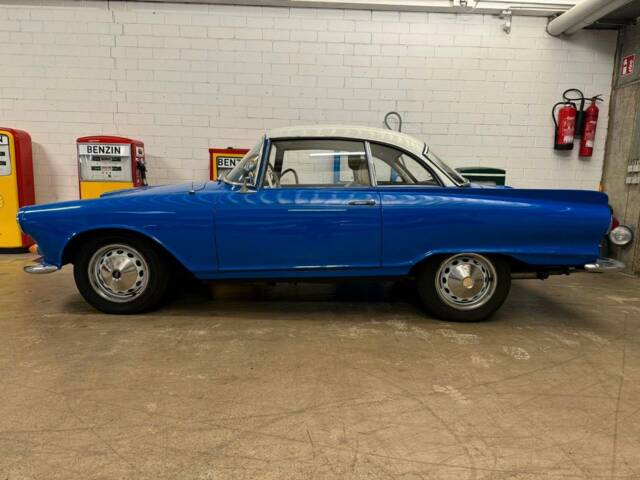
1962 | DKW 1000 SP
Audi 1000SP
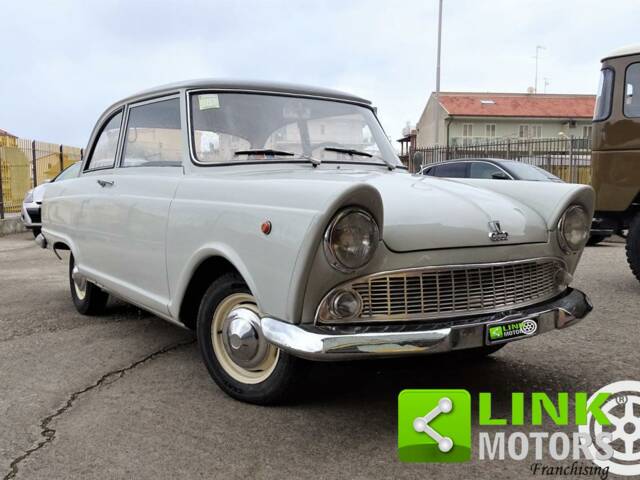
1961 | DKW Junior de Luxe
AUDI Auto Union - DKW 750 Junior (a miscela)
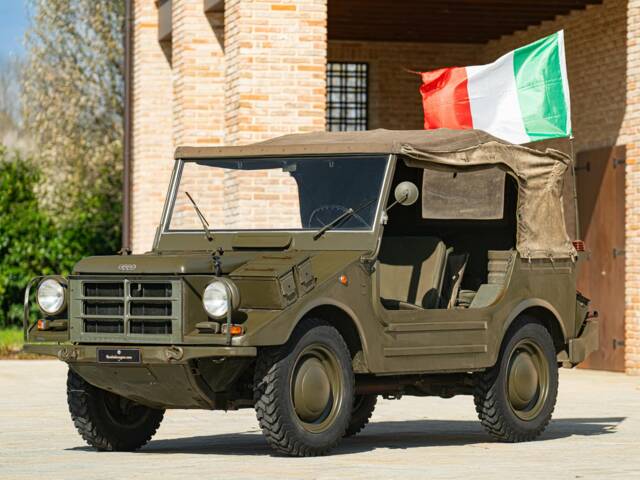
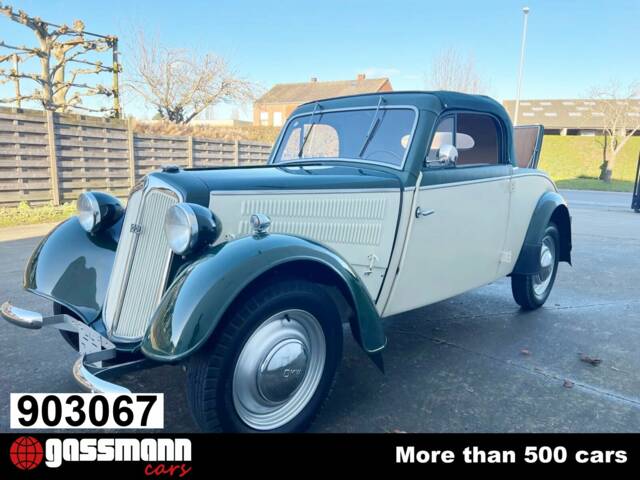
1936 | DKW Meisterklasse
DKW F8 Cabrio
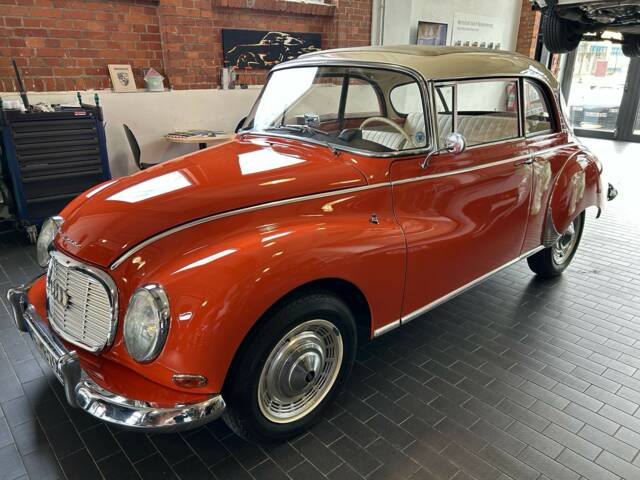
1961 | DKW Auto Union 1000 S
Umfangreich restaurierter DKW zum Verlieben
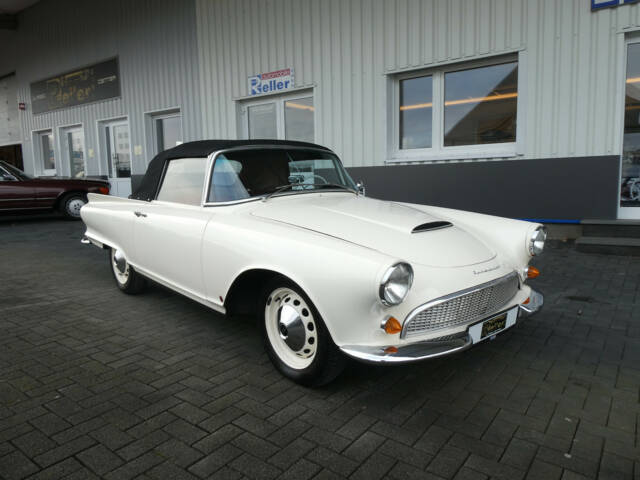
1962 | DKW Auto Union 1000 Special Roadster
europäische Auslieferung, Orginalzustand
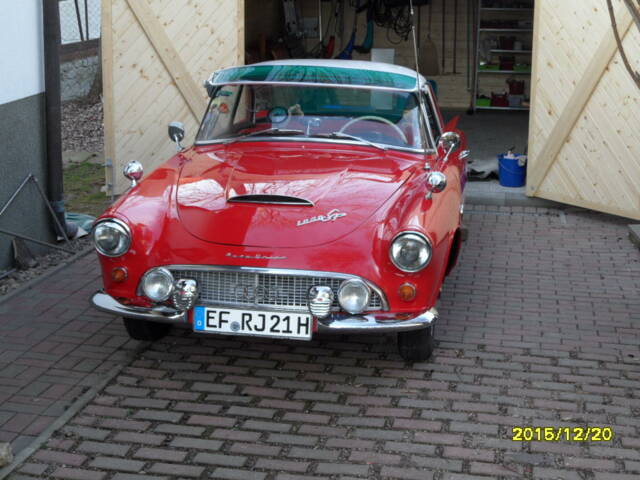
1961 | DKW Auto Union 1000 Spezial
Mit oldtimern Spaß haben-Mit einen AU1000SP
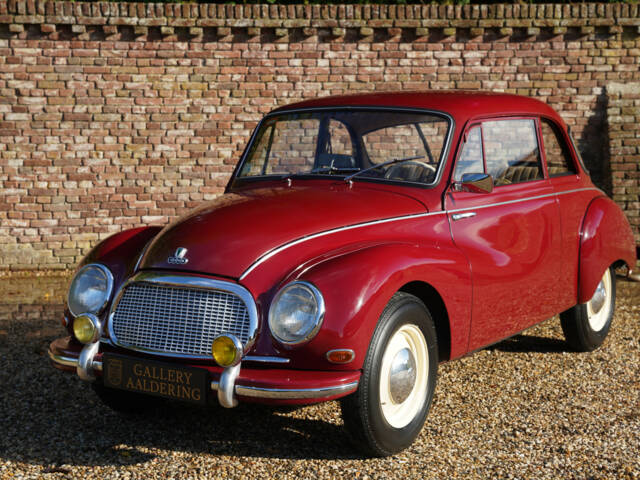
1956 | DKW 3=6
Auto Union DKW F93 Superb and original (driving) condition, First paint - original 34000 kms, Accompanied with the original board booklets, History file with purchase invoice (1956-1957) available, A true time capsule, From the private-collection of a renowned classic car expert from Germany,

1959 | DKW Auto Union 1000 S
DKW / Auto Union -1000 SP 3 cil.
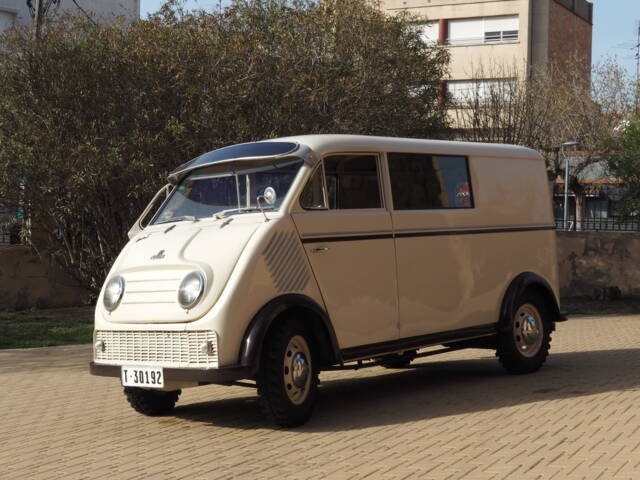
1962 | DKW Schnellaster F800/3
La furgoneta del abuelo
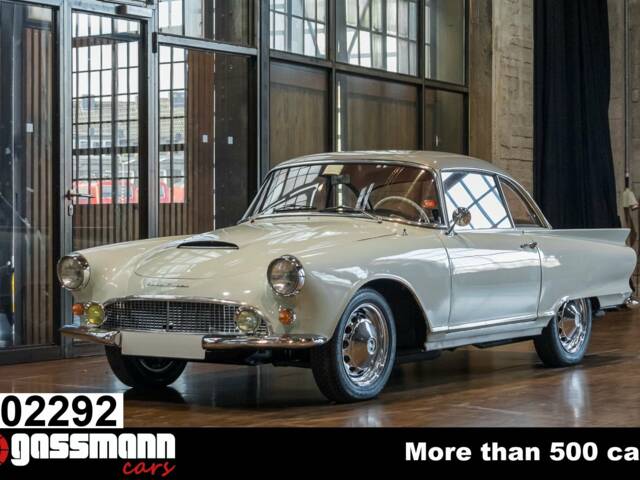
1962 | DKW 1000 SP
DKW Auto Union 1000 SP